11th Carabobo Tourism: Casa de la Estrella, Part 2 [ENG/ESP]
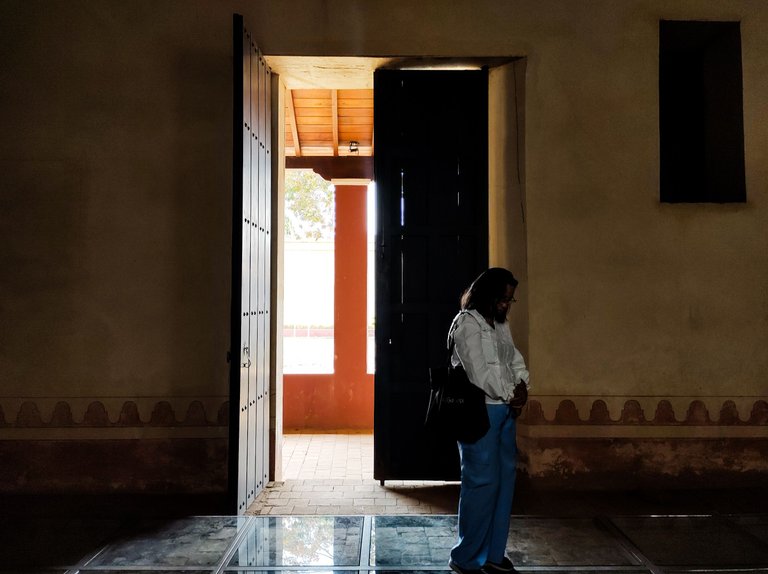

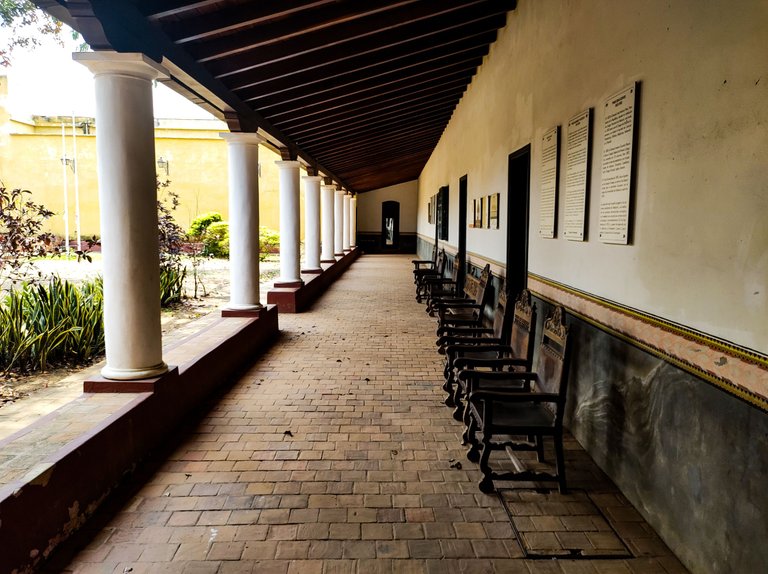


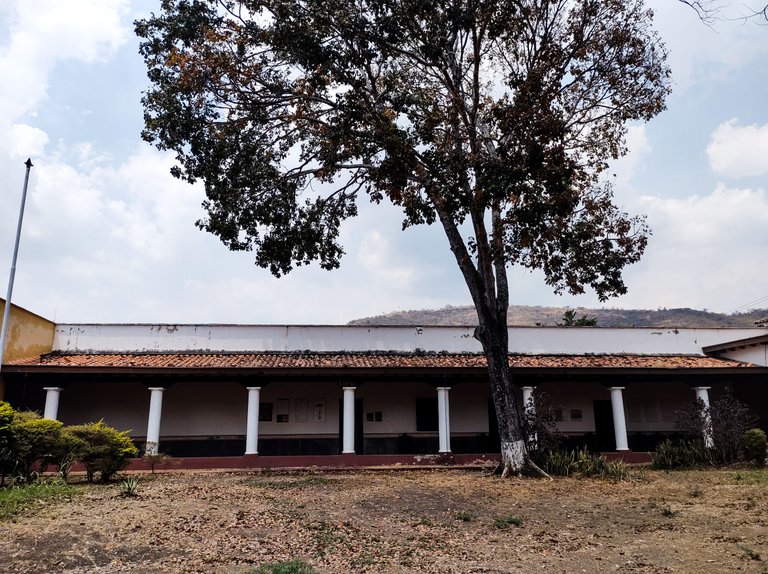
Greetings to everyone in the Worldmappin community! Today I'm joining you here to bring you the second part of the "Casa de la Estrella" (House of the Star) as part of this tourism project in Carabobo. I'm very happy to know that the first part of this review was well received by many of you, who expressed interest in the Casa de la Estrella, its history, and everything behind it. That's one of the main reasons why I continue to write about it, about museums and important places in our country, so that many more people can learn about Venezuela. Thank you very much for that. Something else I wanted to add is a special thanks to our museum guide that day, Marcos Fuentes, a very enthusiastic young man with a deep understanding of Carabobo, who took the time to show us each of the house's rooms and provide a thorough explanation of its past. That said, let's begin with this final part.
¡Saludos a todos en la comunidad de Worldmappin! El día de hoy me uno por aquí para traerles la segunda parte de la "Casa de la Estrella" en lo que es este proyecto de Turismo en Carabobo. Me alegra mucho saber que la primera parte de esta reseña tuvo un buen recibimiento por muchos de ustedes, quienes se mostraron interesados por la Casa de la Estrella, su historia y todo detrás de ella. Ese es uno de los motivos principales por los cuales sigo escribiendo sobre ello, sobre los museos y lugares importantes de nuestro país, para que muchas más personas conozcan sobre Venezuela. Muchísimas gracias por ello. Algo más que deseaba añadir es un especial agradecimiento a nuestro guía museistico de ese día, Marcos Fuentes, un joven muy entusiasta y conocedor de Carabobo, quién se tomó el tiempo de mostrarnos cada una de las salas de la casa y exponer con fundamento, su pasado. Dicho esto, comencemos con esta última parte.
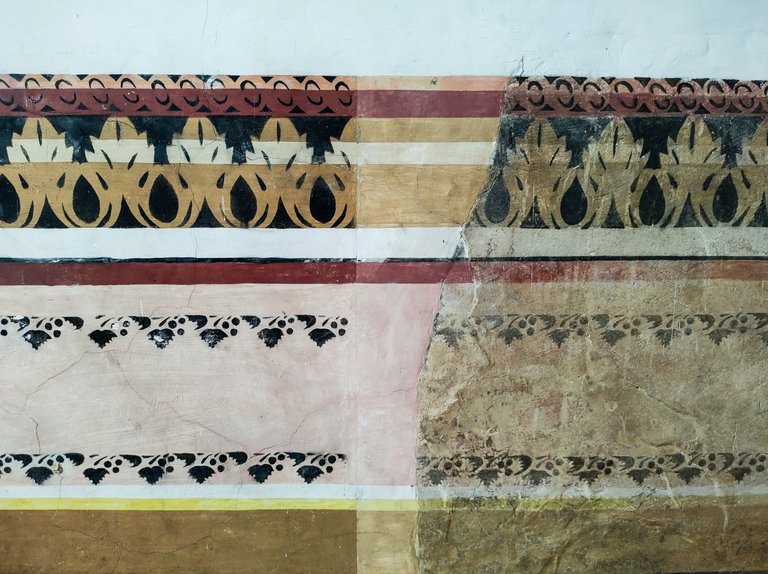



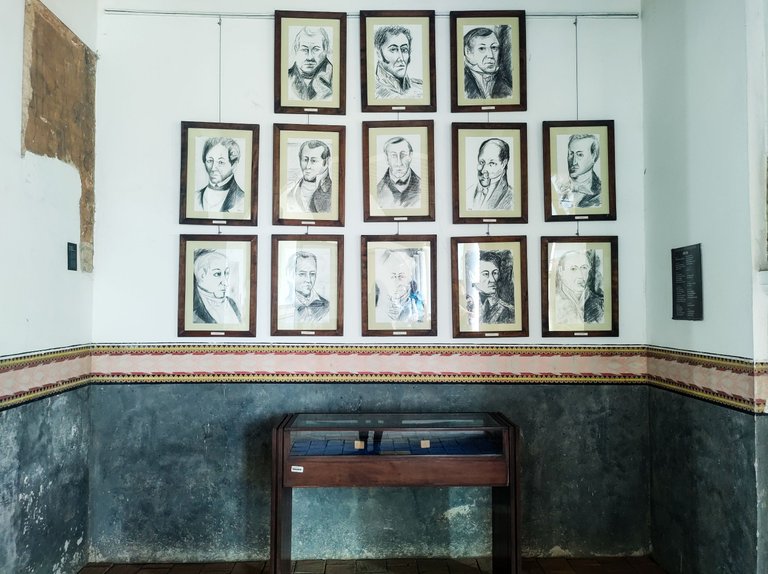

With the first part, I wanted to put some context on what the house is, what happened there, who it belonged to, and some general information. Now, we'll move on to two of the remaining rooms: the Main Hall (or the former Congress Hall) and the former Chapel Hall. As I mentioned earlier, this house served as a hospital and cemetery, so these two rooms were designed so that patients could attend Mass without coming into contact with others. A testament to this fact remains: a door with a wooden grille that runs through the Main Hall and the Chapel. Over the years, the conference table was added (around 1812), where political meetings were held. The table and chairs you see in the photographs are not original, but replicas. As are the vast majority of the furniture in the house, the Academy of History of Valencia currently meets here.
Con la primera parte deseaba poner en contexto sobre qué es la casa, qué sucedió allí, a quienes perteneció y un poco de información general. Ahora mismo avanzaremos por dos de las salas restantes: Sala Principal (o del antiguo Congreso) y la Sala de la antigua Capilla. Cómo comenté anteriormente, esta casa funcionó como hospital y cementerio, por lo que estas dos salas estaban diseñadas para que los pacientes pudieran escuchar la misa sin entrar en contacto con los demás. De ese hecho, quedó un testigo, una puerta con una reja de madera que atraviesa la Sala Principal y la Capilla. Con los años se añadió la mesa de conferencia (durante 1812), dónde se celebraban las reuniones políticas. La mesa y las sillas que ven en las fotografías no son las originales, sino réplicas. Al igual que la gran mayoría de muebles en la casa. Actualmente se reúnen aquí la Academia de la Historia de Valencia.
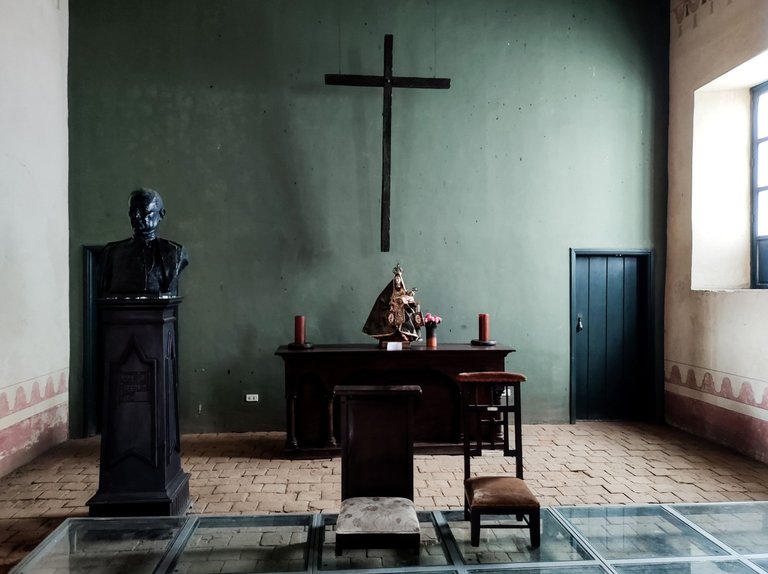
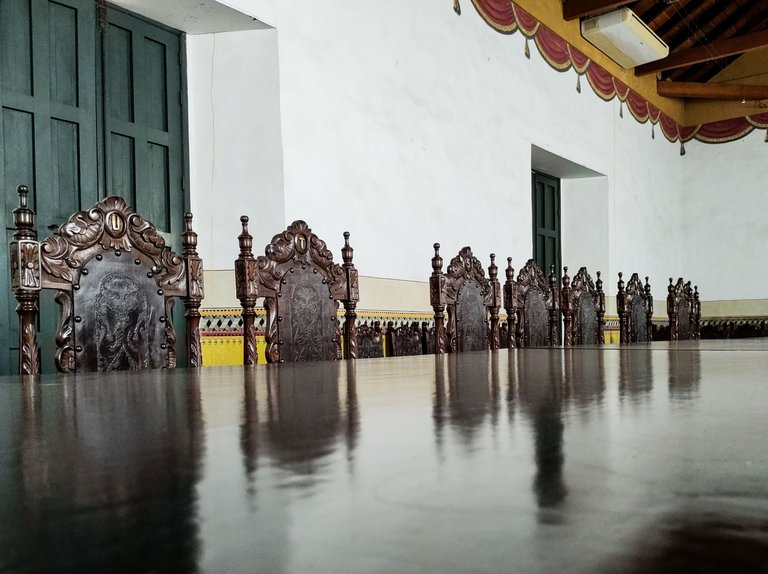



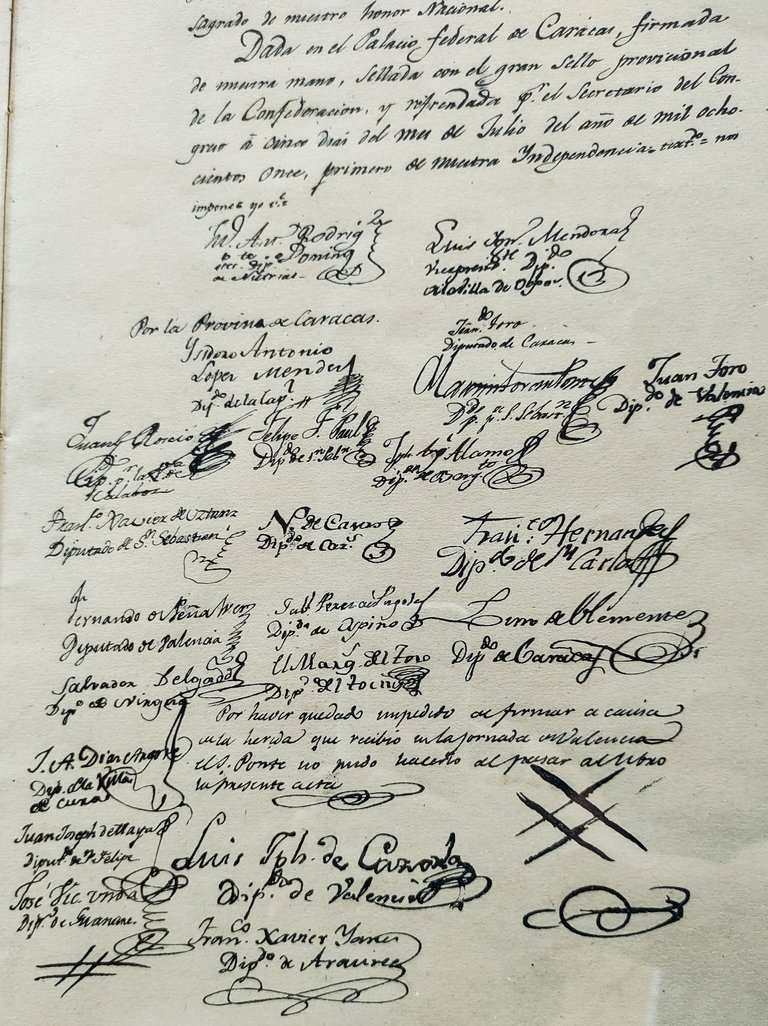
Advancing through the next room, the Chapel, we'll find glass platforms that have been placed there so that visitors can walk on them rather than on the original floor. This is done to preserve the old floor. These platforms also adorn the entire interior of the chapel, where we can walk through it and observe some portraits of national heroes and sacred elements that adorn the place. What remains are the pulpit, the cross, the staircase leading to the interior balcony (or choir stall), the chapel's original floors, and its muraled walls. At this point, you will have realized that the house is completely adorned with murals. These murals are in themselves a testament to the life of the house, but they also acquire significant artistic value. The murals were painted by Pedro Castillo, who was the grandfather of the painter Arturo Michelena (a renowned Venezuelan artist, known for works such as "Miranda in the Carraca," "The Sick Child," "Charity," and others). It is likely that Páez commissioned Pedro Castillo to paint these murals, as Castillo also painted the murals at the Casa Páez. These murals have been restored, so you will notice the changes on some walls. Finally, the Casa de la Estrella was one of my favorites during this tour of Valencia. So, I extend the invitation. Without further ado, thank you so much for stopping by and reading my post.
Avanzando por la siguiente sala, la Capilla, encontraremos plataformas de vidrio que se han colocado allí para que los visitantes caminen sobre ellos y no sobre el suelo original. Esto con motivo de conservar el antiguo suelo. Dichas plataformas también visten todo el interior de la capilla, dónde podemos recorrerla y observar algunos retratos de los próceres y elementos sacros que adornan el lugar. De ello se conserva: el púlpito, la cruz, la escalera que da hacia el balcón interior (o coro), los pisos originales de la capilla y sus paredes con murales. Llegando a este punto, se habrán dado cuenta que la casa está completamente adornada de murales, estos murales son en si mismo un testigo de lo vivido en la casa, sino que también adquieren un valor artístico significativo. Los murales fueron pintados por Pedro Castillo, quién fue en vida el abuelo del pintor Arturo Michelena (artista plástico reconocido de Venezuela, lo conocerán por obras cómo "Miranda en la Carraca", "El niño enfermo", "La caridad" y otros). Es probable que Páez haya ordenado a Pedro Castillo la realización de estos murales, ya que Castillo también realizó los murales de la Casa Paez. Se han hecho restauraciones de dichos murales, por lo que notarán el cambio en algunas paredes. Para finalizar, la Casa de la Estrella fue una de mis preferidas durante este recorrido por Valencia. Así que les extiendo la invitación. Sin más que decir, muchísimas gracias por pasar por aquí y leer mí publicación.

0
0
0.000
You can check out this post and your own profile on the map. Be part of the Worldmappin Community and join our Discord Channel to get in touch with other travelers, ask questions or just be updated on our latest features.
Congratulations @carminasalazarte! You have completed the following achievement on the Hive blockchain And have been rewarded with New badge(s)
You can view your badges on your board and compare yourself to others in the Ranking
If you no longer want to receive notifications, reply to this comment with the word
STOPHiya, @lizanomadsoul here, just swinging by to let you know that this post made it into our Honorable Mentions in Travel Digest #2537.
Your post has been manually curated by the @worldmappin team. If you like what we're doing, please drop by to check out all the rest of today's great posts and consider supporting other authors like yourself and us so we can keep the project going!
Become part of our travel community:
!discovery 30
This post was shared and voted inside the discord by the curators team of discovery-it
Join our Community and follow our Curation Trail
Discovery-it is also a Witness, vote for us here
Delegate to us for passive income. Check our 80% fee-back Program